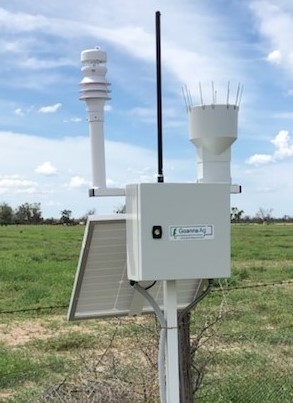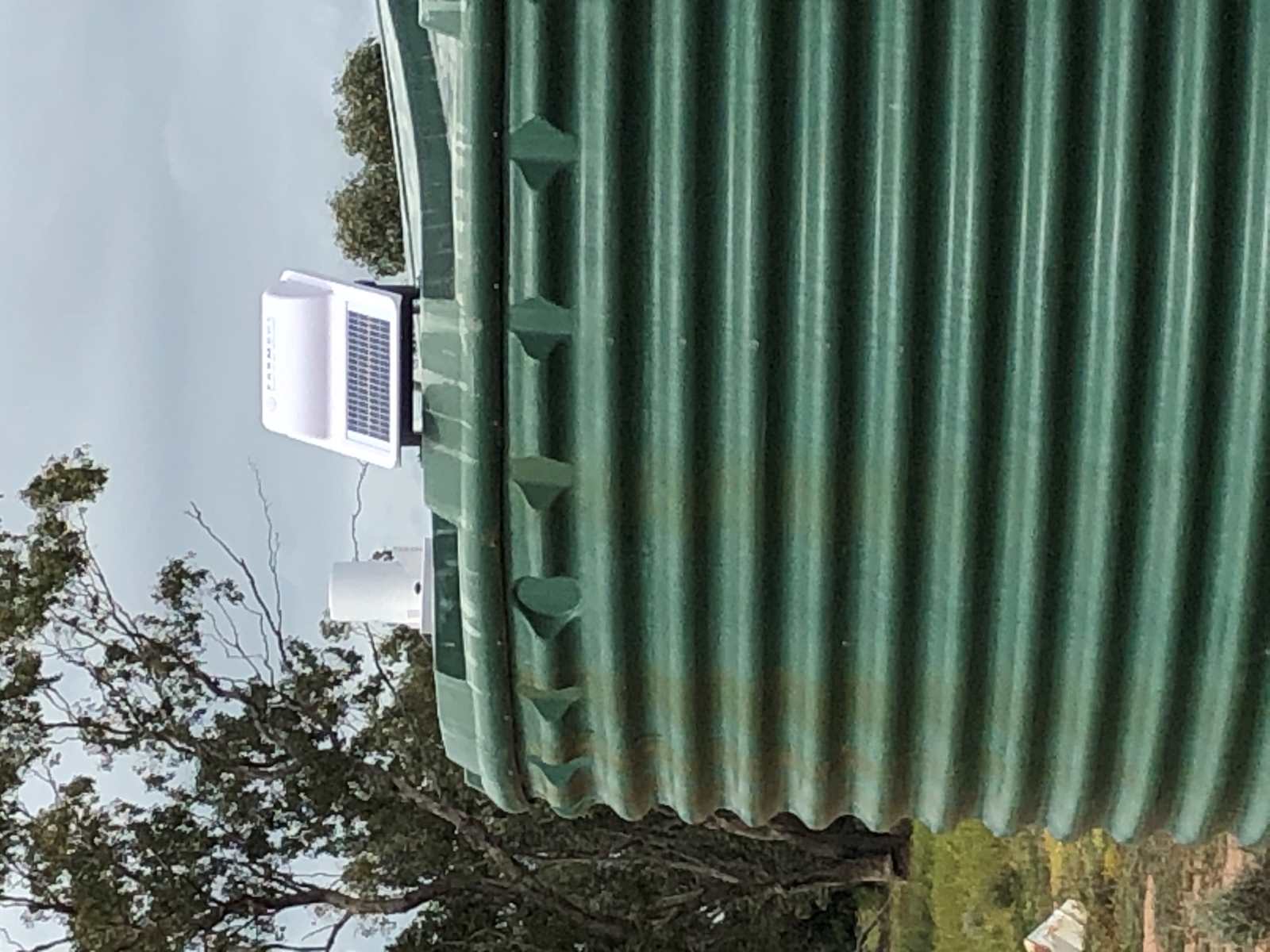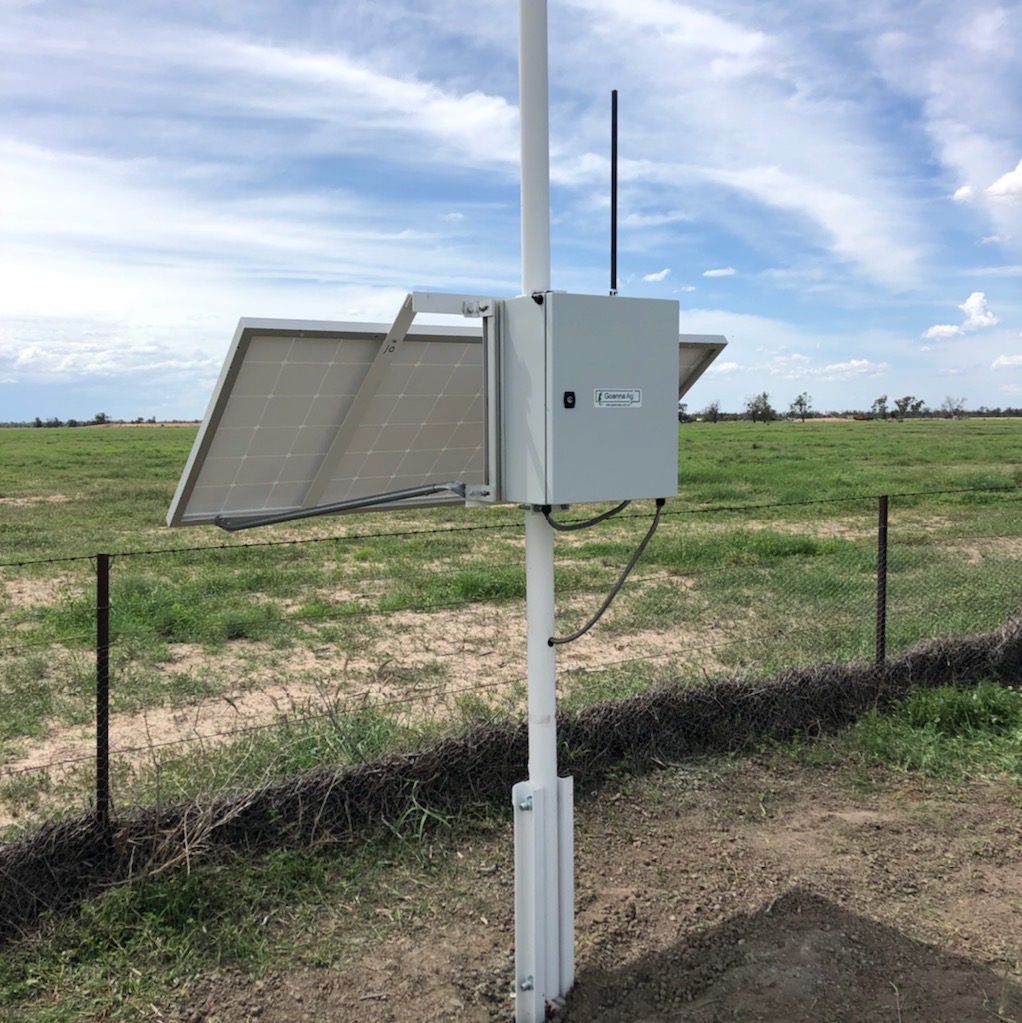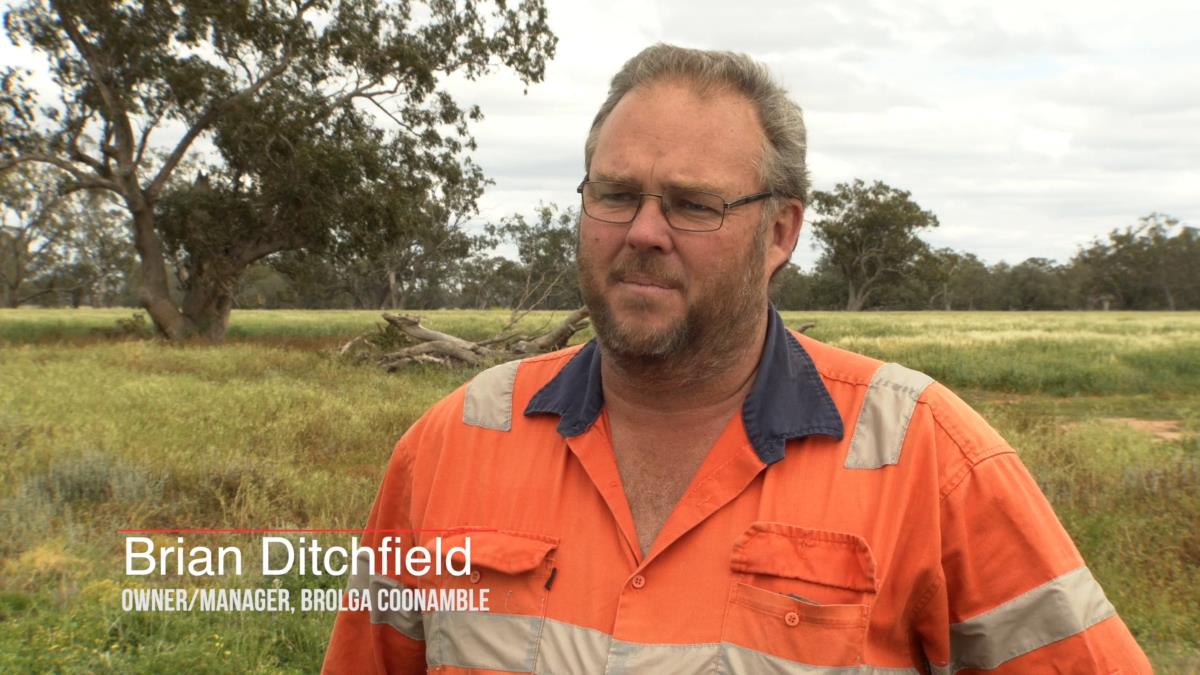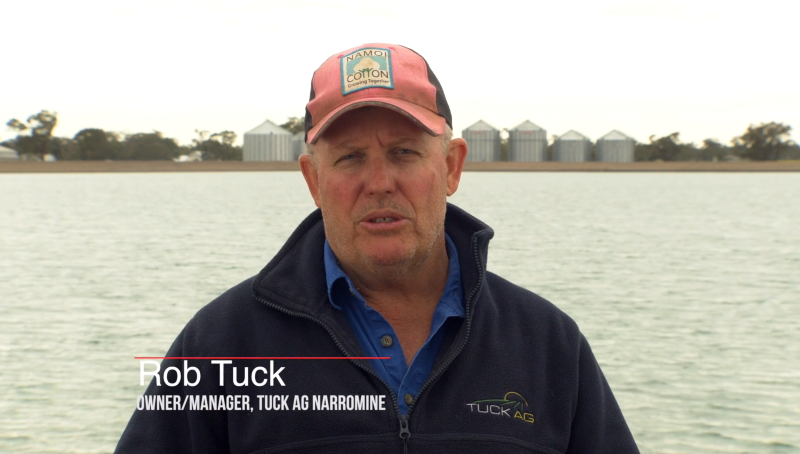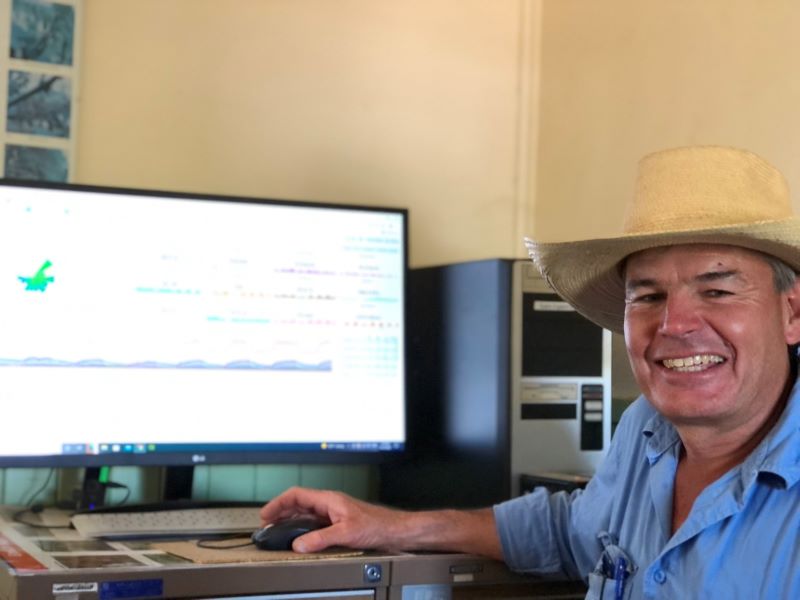Brian and Donna Ditchfield run a mixed farming enterprise with sheep, cattle and fodder cropping southeast of Coonamble, towards the Warrumbungle Mountains. The business extends over two properties which are 50 km apart.
Brian decided where he wanted sensors based on what he wanted to measure or monitor. He installed a second-hand communication tower on the main property for the WiFi network, but on the second property had a new one installed by the supplier for the LoRaWAN network. He says that now the systems have been in operation he can see an advantage in having more towers to boost connectivity across a wider area of the farm. The towers and WiFi communication on his main property allow video surveillance across the property.
Brian has set up a variety of sensors to monitor water levels in tanks, troughs and bores and send the data to the dashboard of the computer in the farm office. Although he continues to visit the sites to ensure the data is correct, he does so less frequently now and has consequently reduced fuel consumption and wear and tear on vehicles. He has also improved safety conditions because there is less time travelling and of course, he now has more time for other farm activities. These are all big advantages.
He has GPS ear tag sensors to track cattle and also in-paddock portable step-on scales to weigh stock in the paddock. This helps him keep aware of the mob condition and if they are approaching market weight. Also, in dry times, the in-paddock weighing detects any loss in condition before it is obvious to an observer. A sensor on the scale unit automatically recognises the individual NLIS identification tag on each beast.
Brian installed rain gauges in several locations and can now easily see any variation in rainfall between them. For example, he was surprised by the variation in rainfall across the property in a recent storm event. These specific observations help monitor pasture growth in different paddocks.
Soil moisture probes in the pasture paddocks report on moisture to a depth of up to 1.8 metres. Brian says that soil moisture, temperature, wind direction and rainfall data will become part of a historic record to help predict conditions in the future and the ability of the soil to store moisture after rainfall. These measurements will also be used to advise on conditions for spraying the crops during winter.
Brian found that some suppliers expected him to install their devices or assist with installation whereas others just needed him to tell them where to put them. He advises checking with suppliers about what they will do and what they expect you to do to help with installation.
Brian worked with the dashboard supplier to customise the layout and data presentation so that he could see the data he wanted in a way that is easy to understand. His dashboard converges data from different suppliers so that it can all appear in the one place and be easily compared.
Brian says he would recommend that farmers investigate sensor technology and invest in the connectivity required to use it and improve general communications around the farm.
